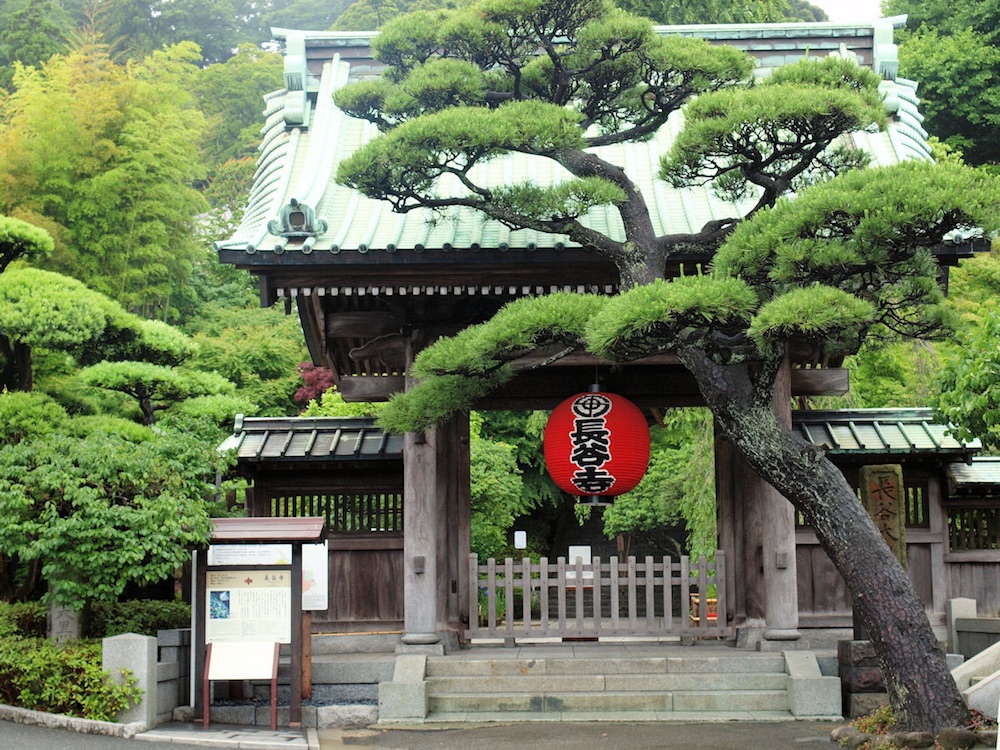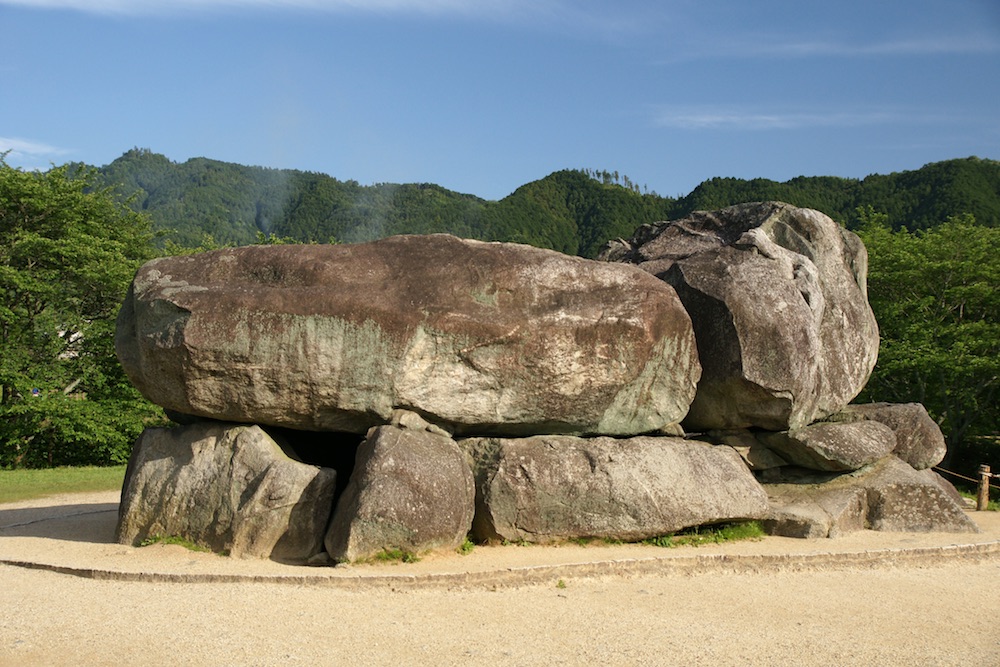A little about Nara’s Geography…
Sites across the Prefecture
Behind the Name “Nara”
Would it be possible to unfold Japan’s extensive history without encountering Nara Prefecture (奈良県)? Most certainly not. It is here that many of the country’s ancient capitals were built. Where some of the oldest constructions in the world and some of the earliest artifacts of Japan’s cultural heritage stand.
A little about Nara’s Geography…
Positioned between five prefectures, including Osaka and Kyoto, Nara Prefecture comprises of 12 cities with Nara-shi (奈良市) as its capital.
Much of the prefecture is covered by mountains and forests, leaving 23% of the prefecture inhabitable. In fact, the total inhabitable area (855.53km²) is one of the lowest amongst all of Japan’s prefectures. This means that a civilisation could have potentially developed in the north of the region, resulting in many of the historic sites being in close proximity to one another.

The abundance of ancient cultural sites in Nara is quite staggering given its size. When compared to other prefectures, Nara had significantly more temples designated as National Treasures as well as UNESCO World Heritage listings. The most popular locations in the prefecture include Nara City – Japan’s first permanent capital. Mount Yoshino – One of Japan’s most famous 花見 (Hanami, Cherry Blossom viewing) spots. Lastly, Sakurai City and Asuka Village – often referred to as “Cradles of Japanese Civilisation” due to the number of ancient artifacts they hold.
Nara City (奈良市)
Nara City is most renowned for combining two seemingly unrelated things, namely religious sites and deers.
Right in the middle of the city lies Nara Park (奈良公園). Here, there are over 1,000 wild sika deer who lead the optimal deer-lifestyle. This includes sleeping, roaming and eating recently purchased deer-crackers from the hands of obliging tourists, all to their heart’s content. The 502-hectare space of Nara Park is designated as a “Place of Scenic Beauty” and also contains another one of Nara’s biggest draws, the Buddhist temple, Todai-ji (東大寺).

With the world’s biggest bronze statue of Buddha Vairocana, the world’s largest wooden building and almost 1400 years of history behind it, it would be no shock that Todai-ji is listed as an UNESCO World Heritage Site. When it was first constructed, it served as the head of all provincial Buddhist Temples. Therefore, this gave them the natural right to acquire a substantial amount of power. Although it remains a significant religious site today, much of its power had dissipated. over the years
Taking a 10-minute train journey from Nara City’s centre is yet another World Heritage Site and Buddhist Temple, Horyu-ji (法隆寺). With its completion from over 1400 years ago, this makes it one of the oldest wooden buildings still in existence!
Sakurai City (桜井市)
Sakurai City is a 30-minute train ride south of Nara City and is most renowned for Hasedera Temple (長谷寺). As with many of the attractions in Nara-ken, Hasedera’s history extends back over many centuries. It was first constructed in the year 686 and wad meant to be dedicated to the Japanese Emperor at that time. The temple grounds include over 30 buildings which extend up until a hillside, with the main hall taking pride in its place at the top of the hill.

Asuka Village (明日香村)
Just 7 kilometres south of Sakurai City lies Asuka Village. A small village consisting of approximately 6000 people. It was here that Empress Gensho, Japan’s 44th monarch, was born. This is also where many of Japan’s oldest artifacts lie. These include Asukudera (飛鳥寺), where Japan’s oldest Buddha statue sits. Imaicho (今井町), a well-preserved historic town.
Last but not least, Ishibutai Tomb (石舞台), an ancient stone tomb. Asuka was first designated as a historic town in 1966. This has therefore brough about strict laws prohibiting construction work that could potentially impact its cultural heritage.

Mount Yoshino (吉野山)
Admittedly, Mount Yoshino appears to be a bit of a wildcard on this list, but it had to be mentioned.
If your favourite thing about winter is when it finishes, then Yoshinoyama should be on your spring itinerary. During sakura season, Mount Yoshino is overrun with 30,000 different cherry blossom trees. This in turn creates a captivating sea of pink, making it one of Japan’s best 花見 (Hanami, Cherry Blossom viewing) spots.
Behind the Name “Nara”
Considering the significance of Nara during ancient Japan, and that the second oldest book of Japanese classical history (日本書紀) was dedicated to one of the Nara Period’s empresses, what do we know about the origins of the name “Nara”?
Unfortunately, nothing much can be concluded from the current kanji. This was since the representative kanji for Nara (奈良) had been changed for over a dozen times already. Yet, there are two prevailing ideas, one from 日本書紀, and another from author Kunio Yanagita. Both of which are linked to the verb ならす (to flatten, to level). What do you think?
If you are interested in studying Japanese in Tokyo, find out more about our school by filling out the form below.
[contact-form-7 id=”12634″ title=”Inquiry Form_copy”]